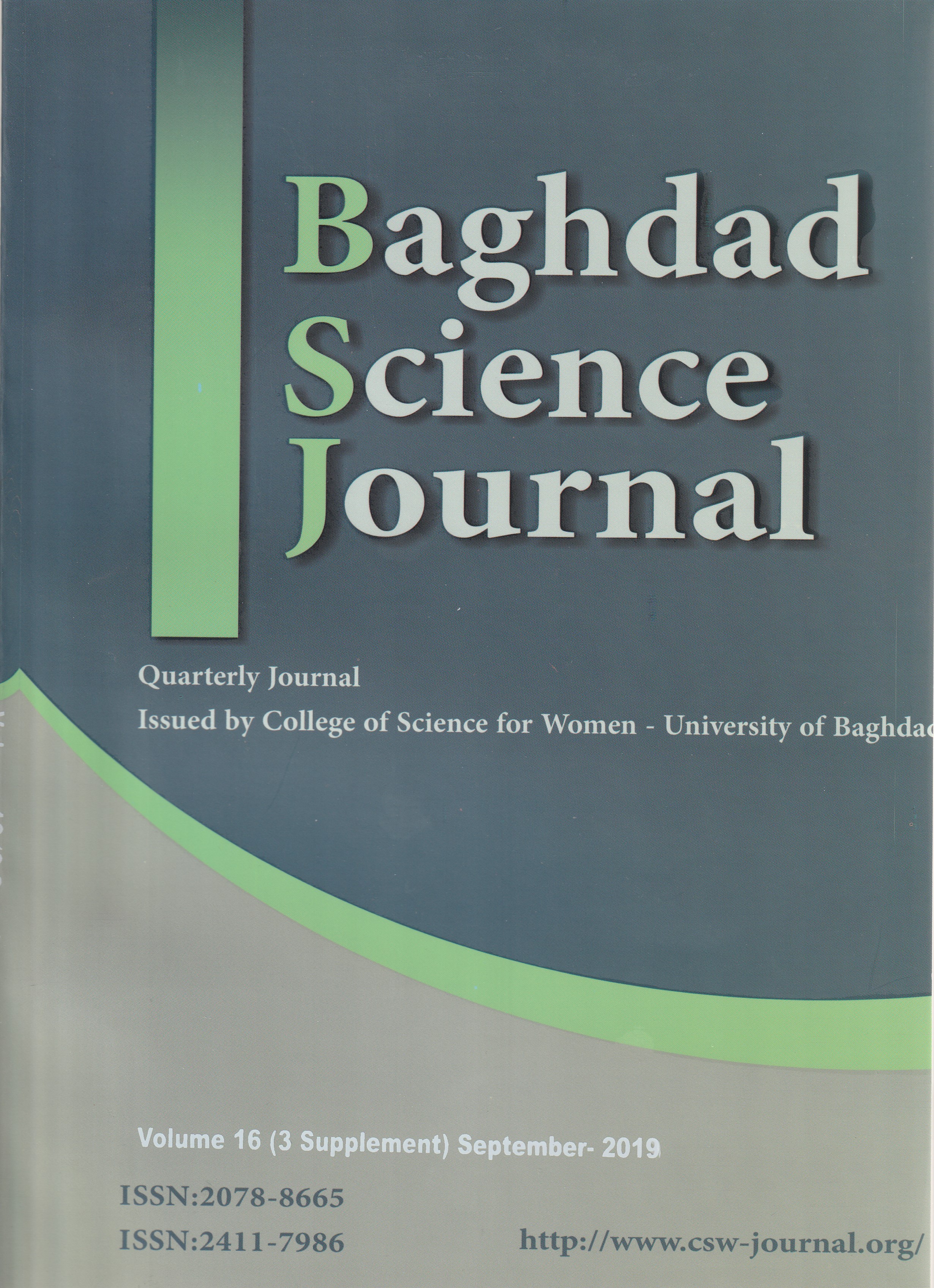The Antibacterial, Antiheamolytic, and Antioxidant Activities of Laurus nobilis and Alhagi maurorum Native to Iraq.
Main Article Content
Abstract
Ethanolic crude extracts of leaves from Laurus nobilis and Alhagi maurorumfor were screened for alkaloids, saponins, tannins, anthraquinones, steroids, flavonoids, glycosides, and glucosides contents. Biochemical activities, including antibacterial activity, antioxidant, and antihemolytic activity, were investigated. Antibacterial activity against Three types of pathogenic bacteria was detected by disc diffusion analysis and characterized by zone of inhibition (ZOI). Antioxidant properties were determined by a diphenyl-1- picrylhydrazyl (DPPH) method. Results revealed that the inhibitory activity of the plants against G+ve and G-ve bacteria were different, where the greatest ZOI of Alhagi maurorum against Staphylococcus aureus was 12.66 mm, while its effect against Pseudomonas aeruginosa generated an 8.33 mm ZOI, with no did not effects on Escherichia coli. Extract of Laurus nobilis against Escherichia coli with a ZOI reached to 10.33 mm, but did not significantly influence the growth of Staphylococcus aureus and Pseudomonas aeruginosa. When the plant extracts were mixed in equal quantities, the percentage of the effect were increased, where the greatest effect of the mixed observed in E. coli was a 16.66mm ZOI, and in Staphylococcus aureus to 15.66mm. In Pseudomonas aeruginosa the ZOI reached to a 12.33 mm. This is referred to as synergistic effect between these plants against pathogenic bacteria. The extracts did not have any toxic effects on human red blood cells.
Received 12/8/2018,
Accepted 20/2/2019,
Published 22/9/2019




